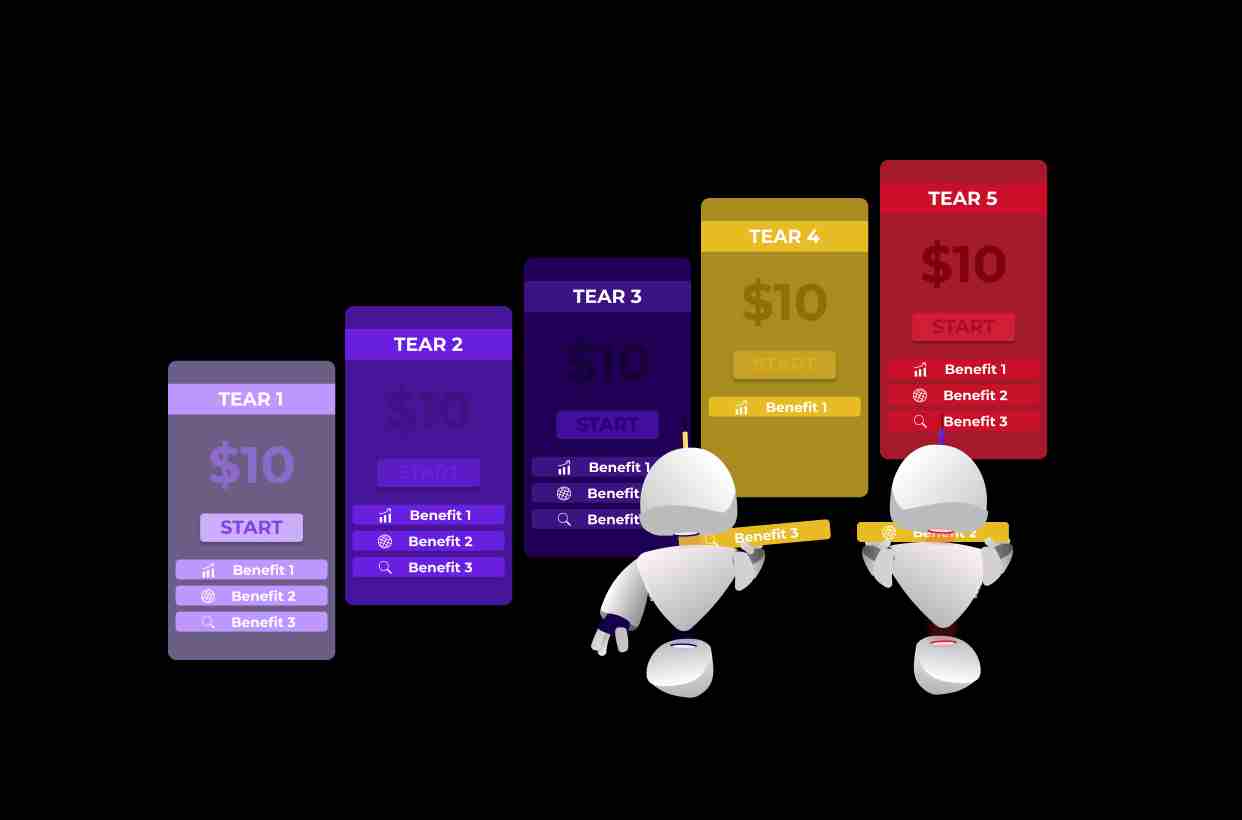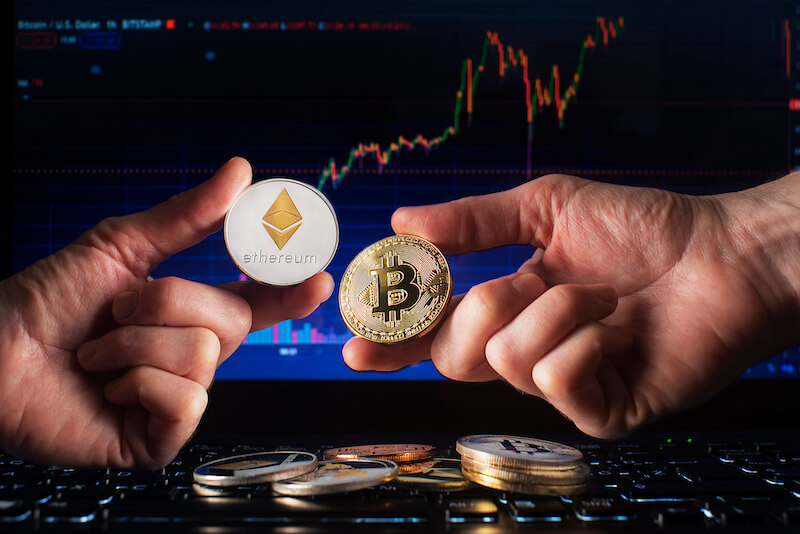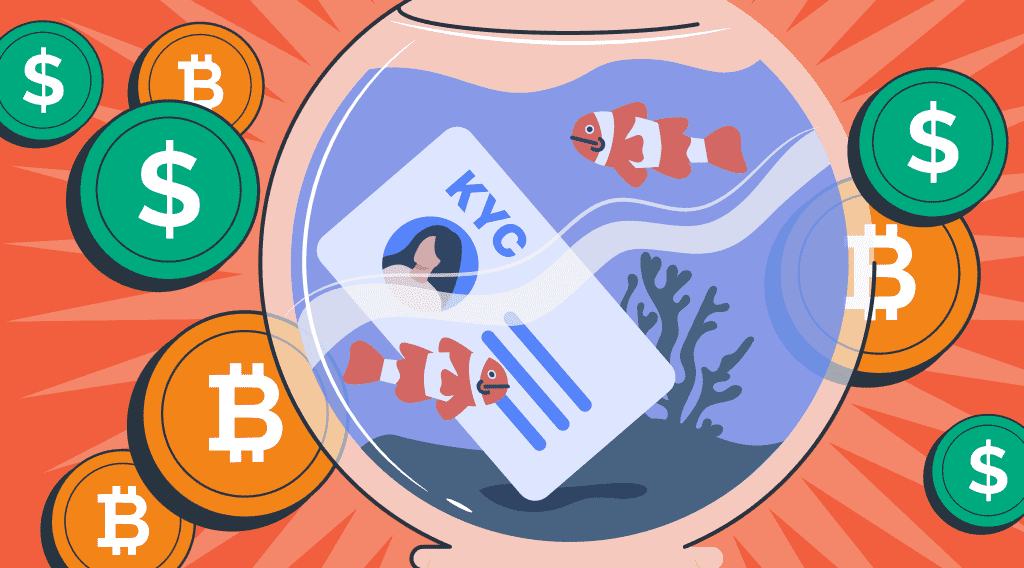Diving into the world of cryptocurrency can be like exploring a new planet – exciting but full of unknowns. You want to join the adventure without getting lost in space. That’s where learning how to invest in crypto responsibly for beginners becomes your mission control. Think of this guide as your star map, charting a course through understanding the crypto landscape, securing your digital treasure, and making smart choices to keep your portfolio growing. Whether you’re curious about Bitcoin or wondering about wallets, together we’ll navigate this thrilling cosmos with confidence. Ready to blast off? Strap in; it’s time to become a savvy space explorer in the universe of crypto investing.
Understanding the Cryptocurrency Landscape for New Investors
Grasping the Basics: From Bitcoin to Blockchain
Let’s take this step by step. First, we have Bitcoin, the big name that everyone talks about. It’s like digital gold. Bitcoin is a type of money online. It’s the first cryptocurrency that started in 2009. It lets you send or get money over the internet. No banks needed!
Now, what makes all this possible is blockchain. Think of it as a magic ledger that everyone can see. No one can cheat because everything is there for you to check. When I say everything, I mean all Bitcoin actions ever made!
Differentiating Digital Currencies: The Variety of Altcoins
Bitcoin is not the only player in town. There are others called altcoins. Think of altcoins as cousins to Bitcoin; they’re a bit different but also kind of the same.
Ethereum, for example, is a famous altcoin you might hear about. It’s a bit like Bitcoin but can do more tricks, like smart contracts that do stuff automatically once some rules are met.
Before you jump in, know this: not all digital money is safe to bet on. Some are good; some are bad. Always check before you invest. It’s like knowing your fruit before you buy from the market.
Here’s a tip: diversifying your crypto portfolio can help you stay safe. It means spreading your money across different digital coins, not just one. If one falls, you won’t lose it all.
To keep your coins safe, you will need a secure crypto wallet. Think of it as your online bank. But you’re the boss! No one can touch your money without your secret key.
And remember, the crypto world can shake up fast. Prices go up and down like a seesaw. It’s what we call market volatility. So, investing in crypto means you gotta stay cool when things get rocky.
Beware of tricks like pump and dump. That’s when some try to fool you into thinking a coin is better than it is. They make prices jump, then sell for a big win and leave others with a loss.
Before jumping into something new like ICOs or Initial Coin Offerings, do your homework. An ICO is when a new coin is born, and they want people to buy it. Make sure you read about it and know it’s not a scam.
Always ‘know your customer’ or KYC rules when you set up a crypto account. These rules help keep everyone safe from bad guys.
And hey, just like when you earn money from a job, you’ve got to talk to Uncle Sam about taxes—it applies to crypto, too.
If you’re thinking about whether to invest for a long time or just a quick in and out, that’s a big choice. Some folks like to buy and hold, waiting for the price to go way up. That’s long-term investing. Others like to jump in and out, buying and selling quick. That’s short-term.
Finally, knowing when to buy or sell takes practice. You can look at the news, market trends, and what people say. But always make sure you decide with a clear head.
Remember, all this is just the start. Take your time to learn and always be safe with your money!
Establishing a Secure Foundation for Crypto Investment
The Essentials of Secure Crypto Wallets
When diving into crypto, you need a safe spot for your digital coins. That’s where a secure crypto wallet comes in. Think of it as your online bank. But with crypto, you are in control. There are many wallets out there. Choose one that fits your needs and stick with high praise from other users.
What’s a secure crypto wallet? It’s software or hardware that holds your crypto keys. These keys are like super-secure passwords. They let you access your crypto stash. Always keep your keys safe. If you lose them, so does your access to your crypto. Hardware wallets are like USB sticks but for crypto. They are super safe. Software wallets are handy. They live on your phone or computer. But beware! They can be at risk if your device gets a bug or a hacker breaks in.
For starters, use a hardware wallet. It’s like your personal crypto vault. No one gets in without your OK. It keeps your coins offline and away from hackers.
KYC Procedures and Setting Up Your First Exchange Account
When you’re ready to buy your first Bitcoin or Ethereum, you’ll need an exchange. Think of it as a crypto shop. It’s where you trade your money for digital coins. But before that, you must do KYC. KYC means “Know Your Customer.” It’s a way for the exchange to know you’re you. They’ll ask for your ID and maybe a bill that shows where you live.
So, how do you set up a crypto exchange account? First, pick a well-known exchange. Read about it and make sure others trust it too. Then sign up and do the KYC steps. They’ll check your info. It can take a little time. Be patient. After that, you can start buying and selling crypto!
Understanding KYC is important. It helps stop bad stuff like money tricks and bad guys using the exchange for their plans. When you give your ID, you help keep the crypto world safe and honest. It can feel like a lot, but it helps everyone in the end.
Getting into crypto is exciting but remember, always play it safe. Use a secure crypto wallet. Go through KYC with care. Pick a trusted exchange. With these steps, you’ll have a strong start. Now, go out there and join the crypto world!
Remember, crypto can be tricky. Take it slow. Learn lots. Ask questions. You’ve got this!
Smart Investment Strategies and Risk Management
Diversifying Your Crypto Portfolio: A Key to Minimize Risk
When you first jump into the crypto world, it’s like starting a new game. You want to win, right? The first step is not to put all your eggs in one basket. In crypto talk, that means having different kinds of digital coins in your wallet. So, if one coin’s price drops, you don’t lose all your money. It’s like having different Lego sets. If one set breaks, you can still play with the others.
Start with well-known coins like Bitcoin and Ethereum. They are like the building blocks of the crypto world. But don’t stop there. There are other coins called altcoins. Imagine if you only played with red Lego bricks. It would be pretty boring. Altcoins add more colors to your set.
Now, here’s a smart move – choose different types of coins. Some coins are like the base plates in a Lego set — they hold everything together. These could be coins that pay you to hold them, called staking. Others are like the special pieces that can be rare or have a new cool feature. These could be coins from new projects that are just starting.
To do it right, learn about each coin you want to add. Think of it like checking if a Lego piece fits before you add it to your creation. And remember, don’t spend all your money on one go. Use something called dollar-cost averaging. It’s like buying one Lego set each month instead of all at once. This way, you pay an average price over time, and it’s safer.
Recognizing and Avoiding Common Pitfalls in Crypto Markets
Crypto markets can be tricky. They can go up or down super fast. Like, really fast! But there are bad guys out there too. They might try to trick you with something called a pump and dump. That’s when some people make a coin’s price go up by talking it up a lot. Then they sell it for a high price, and the price crashes down.
You don’t want to get caught when the music stops. So, watch out for coins that jump in price like a frog for no reason. Always ask why. Look for real news about the coin, not just what people say on social media. Real news is like a trusted adult telling you something, while social media can sometimes be like rumors on the playground.
And before you buy a coin, check out its whitepaper. It’s like the instruction manual that comes with a Lego set. It tells you what the coin is for and how it works. If it’s too hard to understand or doesn’t make sense, maybe it’s not a good idea.
Another smart tip is to set up your exchange accounts carefully. Think of it like setting up your own little shop. You need to follow the rules, which we call KYC, or Know Your Customer. This means you tell the exchange who you are so they know you’re a real person and not a robot.
Lastly, just like when you’re done playing Legos, have an exit strategy. Decide when you might sell some coins before you even buy them. And don’t forget about taxes. Yes, even in crypto, you have to think about that.
So, remember, keep your portfolio colorful with different coins. Avoid tricks and traps. And play this crypto game smart and safe! You’ll have much more fun that way.
Advanced Concepts and Long-term Planning for Crypto Investors
DeFi and Tax Implications: Preparing for the Future
DeFi, or Decentralized Finance, is just smart ways to manage money without banks. It uses tech from the blockchain, which is a safe, online ledger. By learning about DeFi, you can do things like lend, borrow, and earn interest on your crypto. This can be fun, but it also brings up something not so fun—taxes.
When you make money from crypto, the IRS wants a piece of it. Just like when you work a job, you pay taxes, with crypto, you do too. Think of crypto gains like income or when you make money after selling a house. For every penny made, write it down. When April comes around, report it on your tax forms. Messing this up leads to headaches and penalties, so be sharp. Use software or a tax pro if it’s too tricky.
Some ask, “What if crypto only goes up while I have it and I don’t sell?” The answer is simple. No sell, no tax. But once you sell and win, tax time starts.
Exit Strategies and Integrating Crypto into a Balanced Portfolio
Exit strategy sounds scary, right? Think of it as a plan for taking out profits. Say you buy Bitcoin at one price. Set a dream price when you’d like to sell some for profit. Don’t wait too long. Prices can jump up and down—being greedy can lead to losses.
Having crypto is just part of your money plan. Put eggs in different baskets. Stocks here, real estate there, and a bit in crypto keeps things safe. Don’t just throw all you’ve got into crypto. Mix it up to ride out the waves when markets go wild.
A balanced portfolio means, if crypto falls, you don’t lose everything. Love Ethereum? Cool, but try other investments too. This way, you can smile even if Ethereum takes a dive on a bad day. It’s like betting on different horses in a race.
Dollar-cost averaging is a super simple trick. Instead of buying all crypto at once, buy small bits over time. This takes the guesswork out. It’s smart, like snacking before food shopping. You won’t make rash, hungry decisions.
News can boost or crash crypto prices in a flash. Learn to watch the news but stay cool. Don’t run with the herd every time a headline drops. Think long. Act smart. Sleep well knowing you’ve made choices with care, not fear.
In short, plan ahead, understand DeFi, set up for taxes, don’t rely solely on crypto, and stay steady in both smooth and rough seas. This is how you last in the crypto world. It’s not just about making money today. It’s about growing it safely for all your tomorrows.
In this post, we’ve walked through the key steps in becoming a savvy crypto investor. From understanding the basics like Bitcoin and blockchain to exploring the diverse world of altcoins, we’ve laid the groundwork for your crypto journey. We’ve looked at crucial elements for a secure start, such as picking the right crypto wallet and getting through KYC procedures.
I also shared smart strategies to manage risk, like diversifying your investments, and tips to dodge common mistakes. Finally, we ventured into advanced concepts with DeFi and tax planning, and how to fit crypto into your long-term financial goals.
In closing, careful planning, ongoing education, and smart security steps set the stage for a solid investment path in the dynamic world of cryptocurrency. Stay informed, stay safe, and remember diversification is your best ally in the realm of digital currencies. Happy investing!
Q&A :
What are the initial steps a beginner should take to invest in cryptocurrency responsibly?
When starting out, it is crucial to research and understand the market. Beginners should start by:
- Learning about different cryptocurrencies and their use cases.
- Understanding the technology behind blockchain and how it supports crypto.
- Setting clear investment goals based on personal risk tolerance.
- Starting with small investments to get a feel of the market’s volatility.
- Choosing a reliable crypto exchange or platform to start trading.
Ensure to continually educate yourself and keep abreast of market trends and news.
How can one manage risk when investing in cryptocurrency for the first time?
Managing risk is fundamental, especially in the volatile crypto market. Here are some strategies:
- Diversify your investments across different cryptocurrencies.
- Invest only what you can afford to lose, never compromising essential finances.
- Regularly review and adjust your investment portfolio as needed.
- Utilize stop-loss orders to limit potential losses on trades.
- Avoid making investment decisions based on hype or FOMO (Fear Of Missing Out).
Staying informed and understanding the risk involved is key to responsible investing.
Are there any safe practices for storing cryptocurrency investments securely?
Yes, securing your investment is as important as making the investment itself. Consider these practices:
- Use reputable wallets that offer strong security features for your cryptocurrency.
- Consider using hardware wallets for storing large amounts of cryptocurrencies offline.
- Always enable two-factor authentication on your accounts.
- Keep private keys or seed phrases in a secure offline location.
- Be cautious of phishing scams and never share your private keys.
By prioritizing security, you can protect your investments against theft and fraud.
What are the common mistakes beginners should avoid when investing in cryptocurrency?
Inexperienced investors can easily fall into traps. Avoid these common mistakes:
- Skipping thorough research and investing based on hype.
- Failing to understand the high volatility and risks of the crypto market.
- Investing money that they cannot afford to lose.
- Overtrading or reacting impulsively to market fluctuations.
- Neglecting security measures, leading to potential loss of investment.
Being aware of these pitfalls can help you to invest more carefully and responsibly.
Which resources are recommended for beginners to learn more about cryptocurrency investment?
There are numerous resources available for beginners, including:
- Cryptocurrency trading courses aimed at beginners.
- Books on cryptocurrency fundamentals and investment strategies.
- Blogs and forums where experts share insights and advice.
- Podcasts and YouTube channels dedicated to cryptocurrencies.
- Market analysis and reports from credible financial news outlets.
Always ensure the resources you use are reliable and up-to-date.



